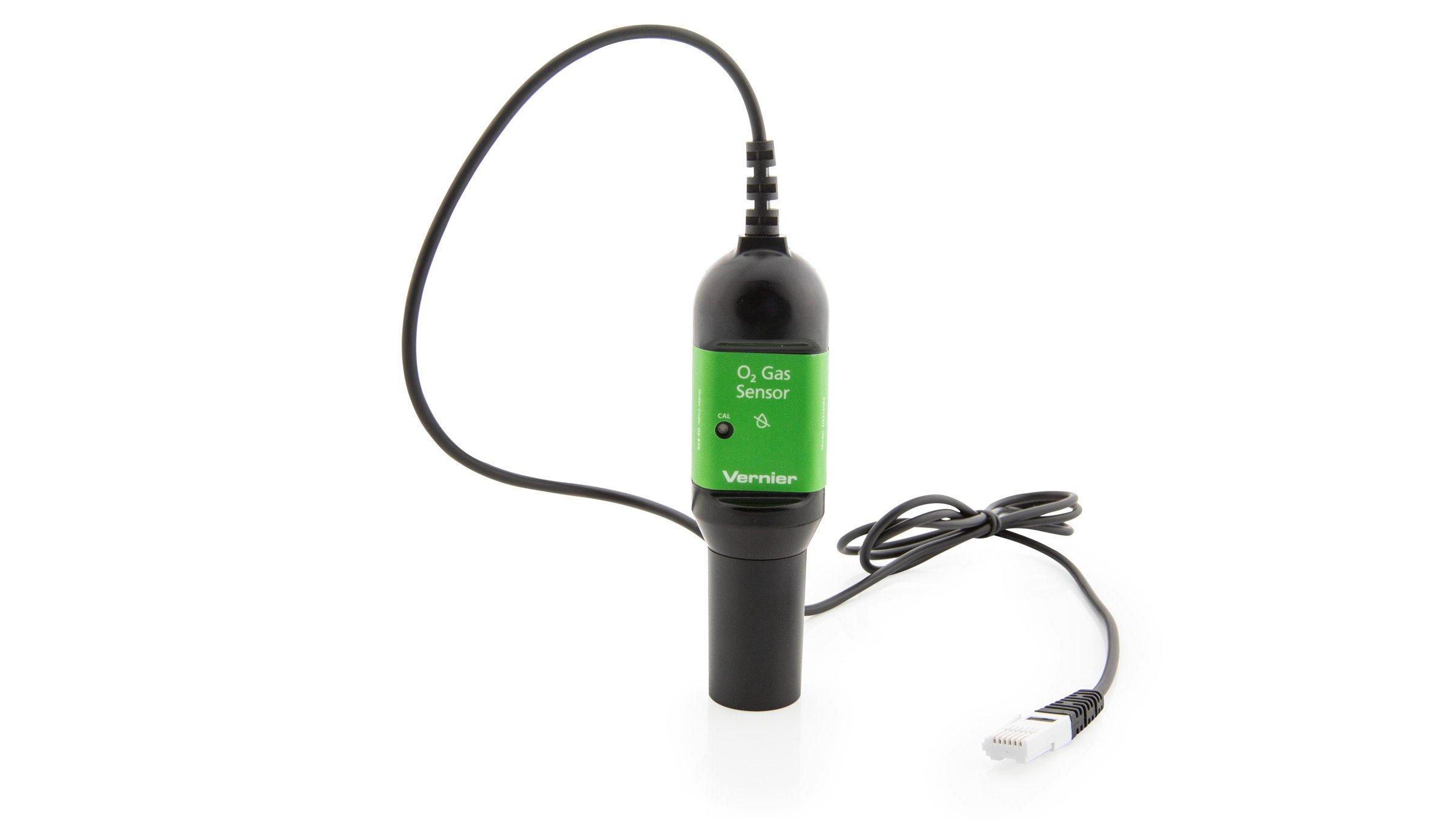Testing Catalase Activity (O2 Gas Sensor)
Experiment #6A from Investigating Biology through Inquiry
- Subject
- Biology
Introduction
Many organisms can decompose hydrogen peroxide (H2O2) enzymatically. Enzymes are globular proteins, responsible for most of the chemical activities of living organisms. They act as catalysts, substances that speed up chemical reactions without being destroyed or altered during the process. Enzymes are extremely efficient and may be used over and over again. One enzyme may catalyze thousands of reactions every second.
H2O2 is toxic to most living organisms. Many organisms are capable of enzymatically destroying the H2O2 before it can do much damage. H2O2 can be converted to oxygen and water, as follows:
Although this reaction occurs spontaneously, enzymes increase the rate considerably. At least two different enzymes are known to catalyze this reaction: catalase, found in animals and protists, and peroxidase, found in plants. A great deal can be learned about enzymes by studying the rates of enzyme-catalyzed reactions.
Objectives
In this Preliminary Activity, you will use catalase in yeast to catalytically decompose hydrogen peroxide. You will use an O2 Gas Sensor to determine the rate of catalase activity by measuring oxygen gas produced as H2O2 is decomposed.
At the start of the reaction, there is no product, and the O2 concentration is the same as the atmosphere. Shortly after data collection begins, oxygen accumulates at a rather constant rate. The slope of the curve at this initial time is constant and is called the initial rate. In this investigation, we will refer to this as the rate of catalase activity. As the peroxide is decomposed, less of it is available to react and the O2 is produced at lower rates. When no more peroxide is left, O2 is no longer produced. When data collection is complete, you will perform a linear fit on the resultant graph to determine catalase activity.
After completing the Preliminary Activity, you will first use reference sources to find out more about catalase, enzymes, and enzyme activity before you choose and investigate a researchable question dealing with catalase activity. Some topics to consider in your reference search are:
- catalyst
- enzyme
- catalase
- hydrogen peroxide
- collision theory
- reaction rate
Sensors and Equipment
This experiment features the following sensors and equipment. Additional equipment may be required.
Option 1

Option 2

Correlations
Teaching to an educational standard? This experiment supports the standards below.
- International Baccalaureate (IB) 2025/Biology
- C1.1.1—Enzymes as catalysts
- C1.1.4—Enzymes as globular proteins with an active site for catalysis
- C1.1.5—Interactions between substrate and active site to allow induced-fit binding
- C1.1.6—Role of molecular motion and substrate-active site collisions in enzyme catalysis
- C1.1.8—Effects of temperature, pH and substrate concentration on the rate of enzyme activity
- C1.1.9—Measurements in enzyme-catalysed reactions
- C1.1.10—Effect of enzymes on activation energy
- C1.1.11—Intracellular and extracellular enzyme-catalysed reactions
Ready to Experiment?
Ask an Expert
Get answers to your questions about how to teach this experiment with our support team.
- Call toll-free: 888-837-6437
- Chat with Us
- Email support@vernier.com
Purchase the Lab Book
This experiment is #6A of Investigating Biology through Inquiry. The experiment in the book includes student instructions as well as instructor information for set up, helpful hints, and sample graphs and data.

